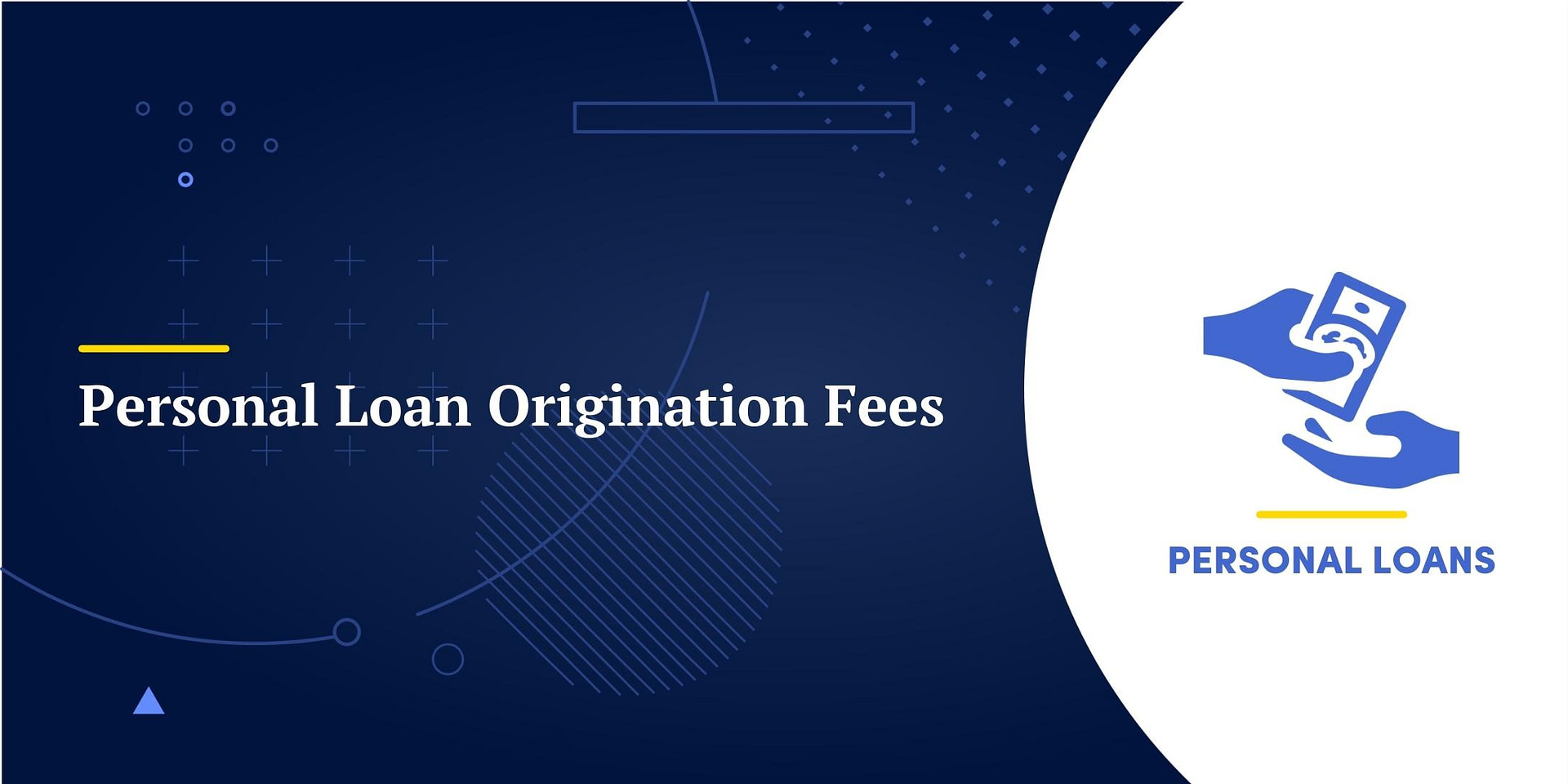If you’re in the market for a personal loan, you might see some lenders that charge personal loan origination fees.
Like any fee, this will add to the cost of your loan. So, what are these personal loan origination fees, why do lenders charge them, and how can you avoid them?
We’ll break down what you need to know.
What Is a Personal Loan Origination Fee?

Personal loan origination fees are a type of fee that you pay when you receive a loan. You don’t pay it out of pocket; instead, it comes out of the loaned funds. Lenders charge this fee for a few reasons.
The most obvious reason for lenders to charge a fee is to increase their income. The more fees a lender charges, the more money it makes, so they have an incentive to charge these fees.
Typically, lenders use origination fees to compensate for the cost of originating a loan. When you apply for a loan, the lender needs to do some due diligence and make sure you’re a trustworthy borrower. That means checking your credit score, examining your finances, and putting in some time and effort to ensure you’ll pay the loan back.
Origination fees are one way that lenders cover this cost.
This fee can also help lenders reduce the risk of lending to someone with less-than-ideal credit. Just as lenders increase the interest rates they charge for borrowers who are more likely to default, they charge higher fees to reduce their risk.
📖 Learn more: If you’re considering a personal loan, our guide lays out the essential requirements to streamline your application process.
How to Calculate an Origination Fee
Origination fees are quoted as a percentage of the loan amount. Generally, the lender deducts the fee from the funds before disbursing them to you.
To calculate the cost of an origination fee, use this formula.
Loan amount * Fee expressed as a percentage = Total fee
If you get a loan for $10,000 and it has a 3% origination fee, the fee will total $300. When the lender sends the money to your bank account, you’ll receive $9,700.
This means that you don’t need to worry about having cash on hand to cover origination fees. They’re automatically paid out of the money you’re borrowing. It does mean that your starting loan balance will be higher than the amount you actually receive from the loan.
Finding the Total Cost of a Loan
Personal loan origination fees are just one part of the cost of taking out a loan. Lenders also charge interest on the money that you borrow. To understand the total cost of a loan, you need to consider both the fees you pay and the interest that accrues.
Consider a personal loan for $10,000 with a $300 origination fee. If it has an interest rate of 8% and a 4-year term, your monthly payment would total $244.13. Over the course of the loan, you’d pay a total of $1,718.20 in interest. Add the $300 origination fee, and the loan’s total cost is $2,018.20.
Comparing two loans with the same interest rate but different origination fees is easy. The one with the lower fee is cheaper. However, if you have multiple loan options with different origination fees and interest rates, the comparison gets harder.
One option is to do the math to find the fee for each loan and the total interest you’d pay over the life of the loan using a loan calculator, but this can take some time to do.
An easier way to compare is to look at the Annual Percentage Rate (APR) of each loan. APR is a way of expressing the cost of a loan as an interest rate while accounting for all fees and compounding. The Truth in Lending Act mandates that lenders provide the APR of any loan you apply for.
The formula for calculating APR is:
(((Fees + Interest paid over the life of the loan) / Principal) / Days in loan term) * 365 = APR
For two loans with the same principal, the loan with the higher APR will have the higher overall cost.
Consider two loans for $20,000 — one with a $500 origination fee and a 6% interest rate and one with a no origination fee and a 7% interest rate. Both loans have a 5-year term and monthly compounding.
The first loan has an APR of 7.058%. The second has an APR of 7.001%. Despite the interest rate on the first loan being 1% lower than the rate of the second loan, the fee makes it more costly overall.
📖 Learn more: If you’re considering borrowing, our post offers insights into the best personal loans on the market.
How Does Your Credit Score Affect Origination Fees?
One reason that lenders charge personal loan origination fees is to compensate for the risk of lending.
Your credit score is one of the key factors that lenders use to estimate the risk of lending to you. People with low credit scores are perceived as risky and more likely to miss payments on a loan. Those with strong credit are viewed as safer bets and unlikely to default.
That means that lenders are more likely to charge personal loan origination fees for loans to people with poor credit. Making sure you have a good credit score is important not only because it makes it easier to qualify for loans but also because it can help keep the cost of those loans low.
Not only will people with stronger credit see lower rates on personal loans, but they’ll have a better chance of qualifying for a loan with no origination fee.
Finding Lenders Who Don’t Charge Personal Loan Origination Fees
If you want a low-cost personal loan, avoid loans with origination fees.
If you have strong credit, this will be relatively easy. Many lenders will be willing to offer a loan, and you’ll be able to find one that doesn’t charge origination fees. However, if you have fair or poor credit, finding a fee-free loan can be tricky.
To start, you’ll want to look at several different lenders and compare their offerings. The more lenders you compare, the more likely you are to find one that does not charge origination fees for its loans. Some lenders make their lack of origination fee a selling point.
Consider working with a local credit union or small bank, especially if you already have accounts there. These smaller institutions may be better able to meet your needs and keep things fee-free.
Another idea is to consider a secured personal loan. You’ll need some sort of collateral for this loan, but offering that collateral significantly reduces the lender’s risk. That can make these loans easier to qualify for and help keep fees (and interest rates) low.


